“What are you willing to sacrifice to pursue your passion?”
Asks Siddharth Singh, a 35-year-old brown belt in Brazilian Jiu Jitsu (BJJ), seasoned practitioner of boxing and Muay Thai (Thai boxing or kickboxing), and trainer to some of India’s biggest mixed martial arts (MMA) talents.
At age 12, this “chubby boy” from Delhi was sent to The Doon School in Dehradun, where he picked up amateur boxing. Despite losing many bouts, he never quit trying until he was ranked as the school’s most technical boxer in Class 12, won major school-level accolades and was even shortlisted for the Uttarakhand state team.
After his graduation in economics (honours) from Delhi University, he pursued his MSc in International Strategy and Economics (ISE) at the University of St. Andrews in Scotland. In Scotland, he fell in love with Muay Thai. After acing his MSc course in 2007, he found a job in London working for a top British fashion and lifestyle brand, Pentland Brands.
Life couldn’t have been better for the young man from Delhi. But giving up his life of privilege to open a series of MMA gyms in South Delhi left him flat broke in 2013.
After struggling to keep his gyms going for nearly four years, things began to change. Today, he runs Crosstrain Fight Club, which is ranked among India’s best MMA schools with five centres spread across Delhi and Chandigarh, teaching more than 500 students.
He’s also the only Indian to have a competitive Brown Belt in BJJ—a self-defence martial art and combat sport based on grappling and submission holds—and competes in a variety of international events. The Better India caught up with him earlier this week after he won the Silver medal at the Abu Dhabi World Master Jiu-Jitsu Championship in the 77kg men’s category, making him the only Indian to achieve this feat.
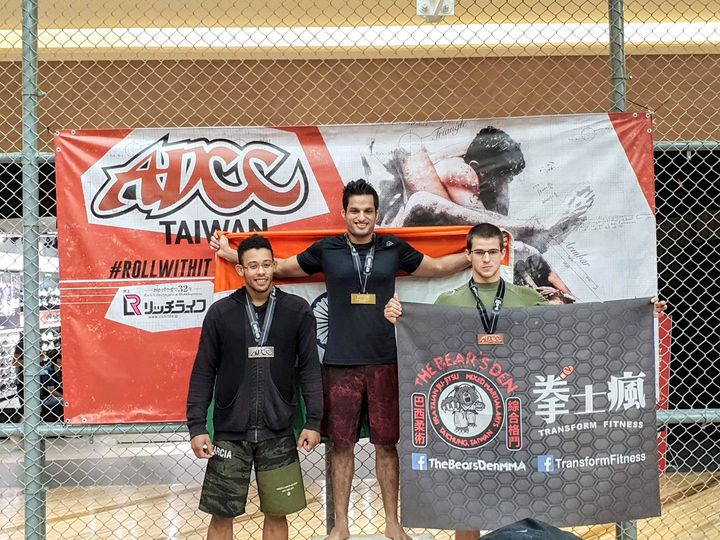
A Passion For Combat Sports
“I stumbled upon combat sports by accident at The Doon School. My elder brother, Shardul, was a boxer. Initially, boxing was really difficult because I’m not a naturally aggressive person. I would hesitate to pull the trigger at key moments during a bout. Through those many losses, however, I learnt what was needed to win,” recalls Siddharth over a Zoom call.
In Delhi University, boxing took a back seat since there weren’t quality training facilities. Also, balancing the rigours of academics with regular training wasn’t easy. Things radically changed once he moved to Scotland for his Masters, where he found a gym that taught Muay Thai. He spent one year in Scotland intensely training in boxing and Muay Thai.
His training continued at another gym in London in 2008, where besides Muay Thai and boxing, he was also introduced to Brazilian Jiu-Jitsu (BJJ), a life changing experience. Living alone in London, all he did after leaving the office at 5pm was train.
Fundamental to BJJ is the notion that a smaller and seemingly weaker person can successfully protect themselves against bigger and heavier opponents using leverage and the science of weight distribution. Fighters often take their bigger opponents to the ground and use a series of holds and submission moves.
“During my first BJJ seminar, they put me up against this small Iranian girl who barely weighed 40 kgs. Before we fought, the trainer told me not to go easy on her. Looking at her, I was wondering what on earth was this trainer talking about. I fought her putting in 50 per cent effort. Within the next 15 seconds, I woke up looking at the ceiling completely choked and unconscious. I had no idea what hit me. Surprised and embarrassed, I decided to go all in against her in the next round. Once again, 15 seconds later, I was looking at the ceiling again. She had taken my back out and performed what is called a ‘rear naked choke’, one of the most potent choke holds in all of combat sports,” he recalls.
Despite the initial humiliation, Siddharth discovered a real desire to figure out how a girl who weighed 25 kg less than he did, took him—a trained boxer and Muay Thai fighter—down. For the next six years, he would train in BJJ, Muay Thai and boxing.
But every time he came home to meet his parents in Delhi, it was near impossible to find a good place to train. He felt this particularly during a holiday in 2010-11.
“Most MMA academies in Delhi were basically gyms run by practitioners of karate, who weren’t well-versed in the other fighting disciplines. These guys were just riding the MMA fad which picked up around the world following the release of the Hollywood film Never Back Down in 2008. Entering these gyms, it was clear that the coaches knew nothing. Meanwhile, on my return to London, an inner turmoil began to brew within,” he recalls.
Despite enjoying his work, what drove him to wake up every morning was a desire to train. After a point in time, that’s all he wanted to do. Besides, he felt a burning desire to create authentic avenues for lovers of combat sports in India and particularly Delhi, to train in MMA. By this time, he had been training in boxing for nearly 14 years and about 5 years in Muay Thai and BJJ. So, why not start an MMA academy back home?
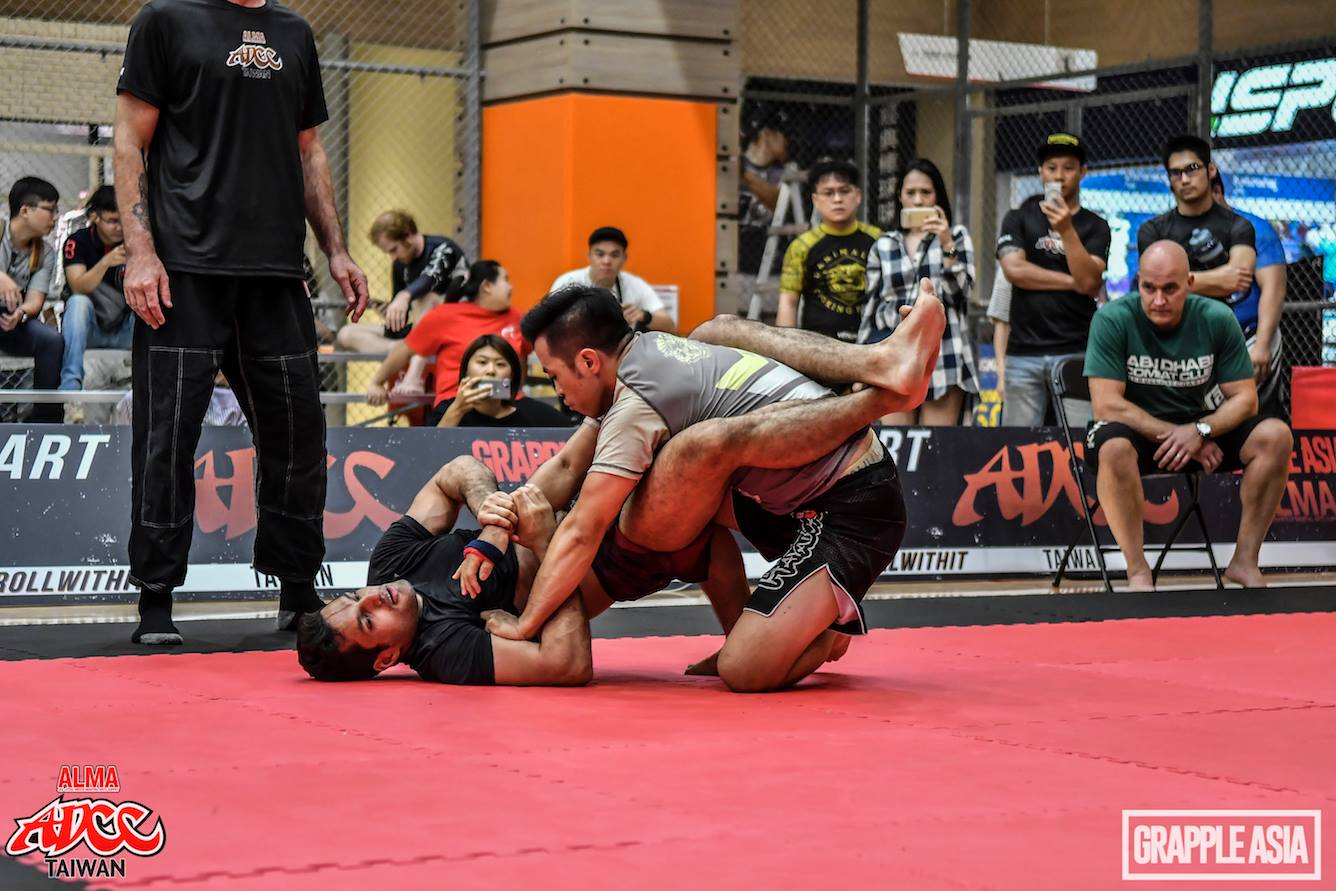
Lessons in Self-growth & Discipline
The sport was still in its very nascent stages in India, but Siddharth saw its future potential. Promotions like the Ultimate Fighting Championship (UFC) based out of the United States and ONE Championship in Singapore weren’t as well known in India then as they are today.
Before proceeding, he spoke to his parents. But convincing them of the decision to leave a high-paying job and a well-settled career in the UK to start an academy for a largely unknown sport in India, which may pick up 10 years down the line, wasn’t easy.
“By late 2011, I quit my job in the UK and landed in Delhi for good. Before landing, I had already figured out which vendors would supply equipment to my gym. Upon landing, I immediately headed out to the city to find a good location for my gym. Within three months, we opened up our doors to Crosstrain Fight Club in the Saket area in early 2012. When we first opened our doors, about 40 people turned up. However, only 1 or 2 ended up joining because it wasn’t what they expected. They were expecting violence, blood, and serious combat. Instead, what they got was lessons in technique, self-growth and discipline. It was difficult for me financially with money going into rent, equipment, etc.” recalls Siddharth.
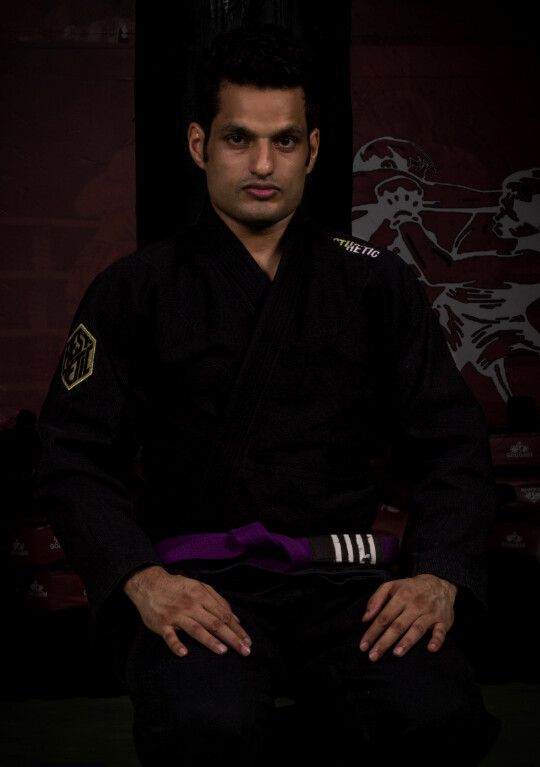
Eight months after opening their first centre, he opened a second one. A few months later, another centre came up outside Delhi. Three months after that, he was flat broke. His bubbling enthusiasm and uncritical look at finances got him in trouble. The long hours at work also alienated him from his close friends. He was alone and felt like a failure.
On his mother’s birthday, Siddharth didn’t have the heart to tell his mother about his predicament while living out of a ramshackled accommodation in a village outside Delhi.
But he soon found the strength to refocus his efforts. The combat sports fanatic decided to focus on his training more intently. He shut down the third centre, cut down unnecessary expenses and began spending his energies towards hiring specialised trainers not on a permanent basis while building a new roster of individual trainers from within.
Today, all coaches at Crosstrain Fight Club are his students. Creating a homegrown roster of about 20 trainers in different disciplines, including wrestling, took about 8 to 9 years.
“After a four-year lean period at Crosstrain, we figured out that our gym would no longer depend on the crowd taking to MMA training as a popular fad. We were going out, competing in different MMA tournaments and representing the country in events like BJJ. As MMA and our success grows, we hope that more students join us,” he explains.
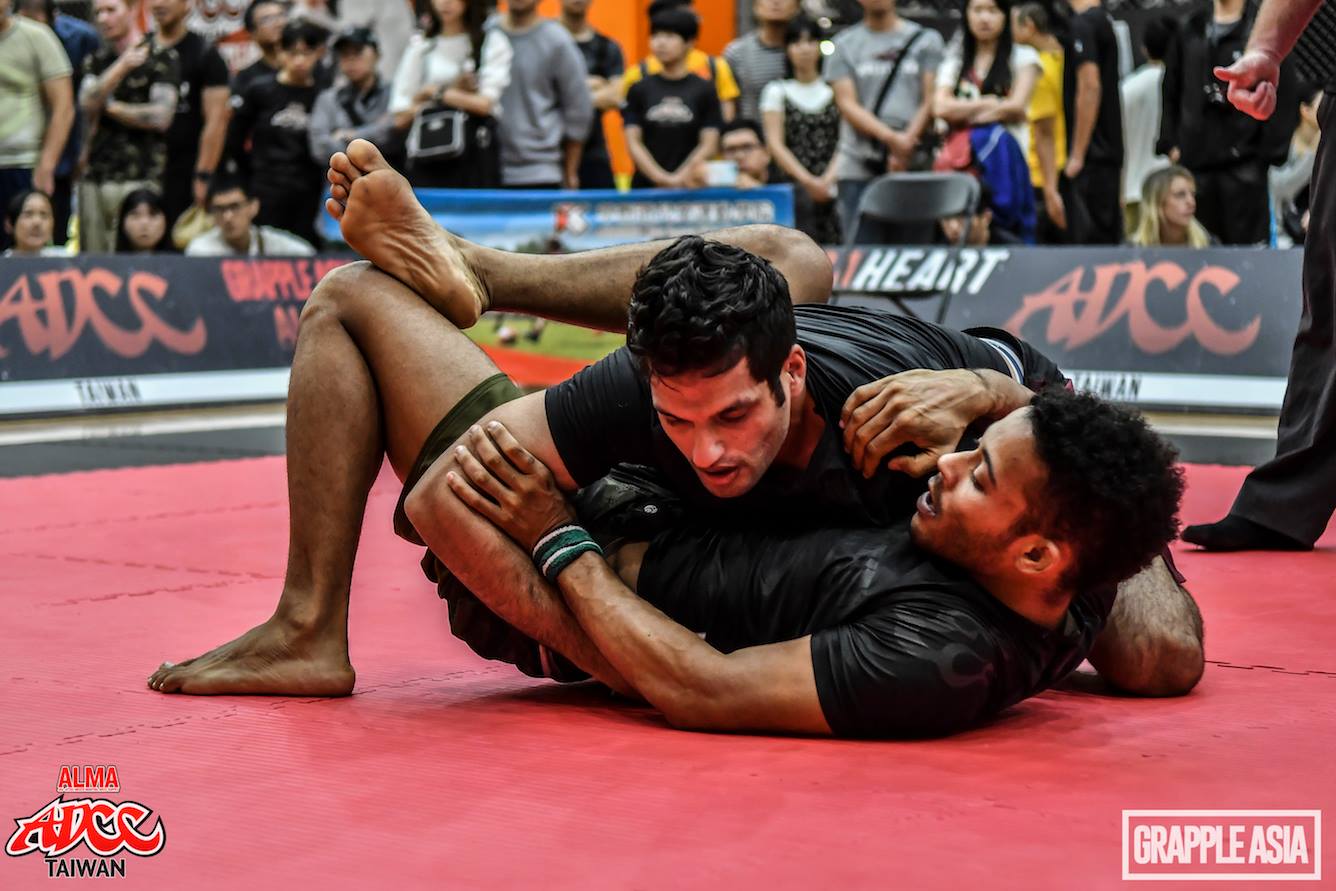
The Making of Future Fighters
Today, most people join their training programme not because they want to fight in the UFC.
“They simply love training. Ideally, I would love to open 100 centres, but there is a concern about the quality of training imparted. This is a very trainer-intensive sport. It’s not like a regular gym where someone tells you to punch a bag. You need experience, skill and technique to teach and this takes time to attain,” he adds.
Since opening Crosstrain, Siddharth has trained some of India’s most promising MMA talent. Take Anshul Jubli, who currently holds a professional record of 4-0 (four wins, zero losses). Many believe that Anshul represents the future of Indian MMA.
Next is Punyajit Likharu, who remains undefeated in his nascent professional career. Both fighters are earning major accolades at the national level. Finally, Roshan Mainam, who trained with Crosstrain a couple of years back and began his professional career in 2016, is currently signed with Singapore-based ONE Championship. He holds a professional record of 6 wins and 2 losses, and is currently training out of the famed Evolve gym in Singapore.
Siddharth believes these three have a very bright future in MMA. Making it to promotions like the UFC requires at least 6 to 7 years of fighting experience at regional promotions. After all, the average age of a ranked UFC fighter is around 32.
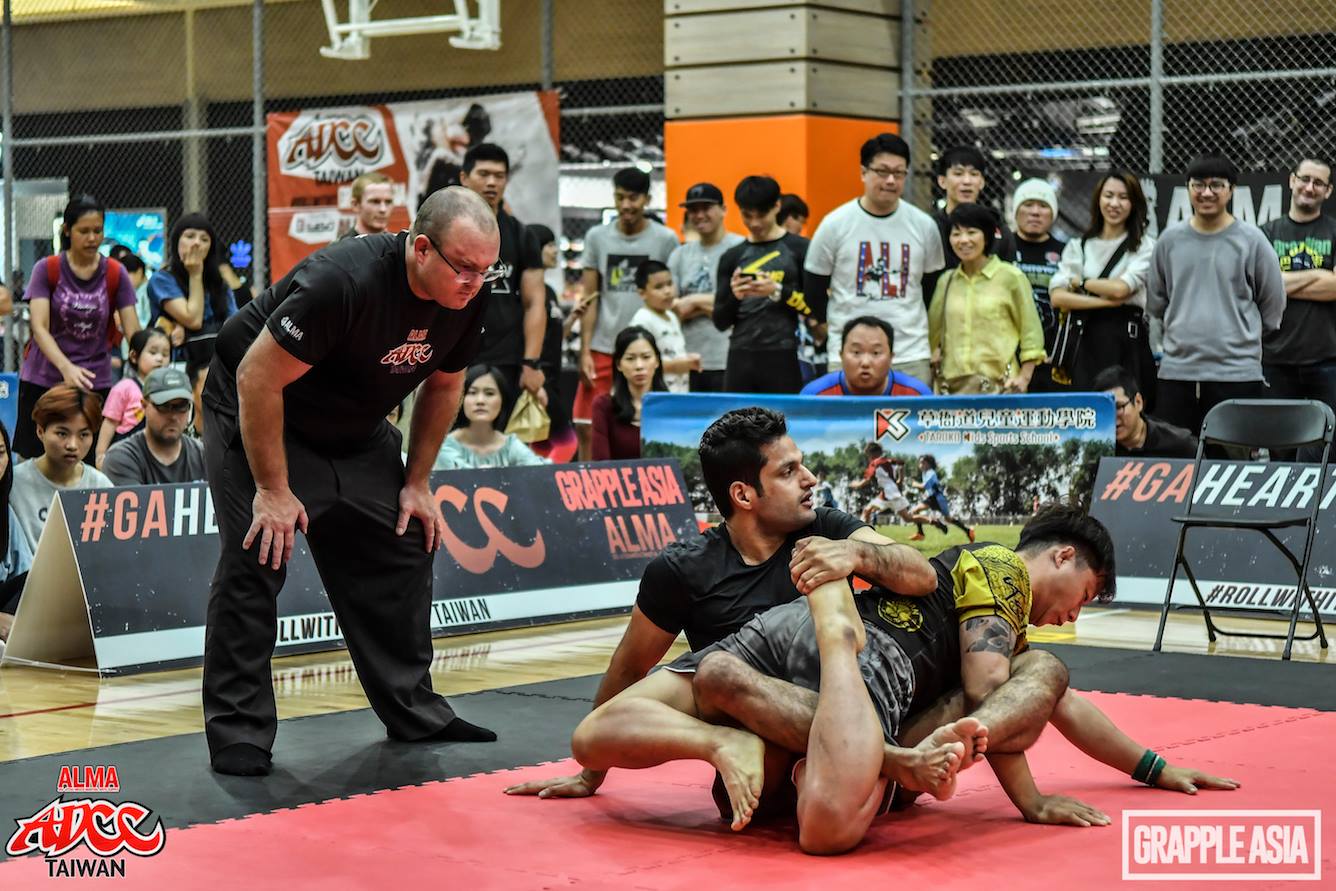
Despite being proficient in different combat disciplines, Siddharth made a decision very early on to not compete in MMA. He believes that competing in MMA presents a conflict of interest with his students. There is an element of sacrifice here because MMA is the glamour sport.
“My focus is on teaching and being a coach. I can compartmentalise between my personal training for BJJ and delivering MMA training for my team of fighters,” he says.
In the midst of all this, Siddharth is also dealing with the COVID-19 pandemic, which has hit gyms particularly hard. But like some entrepreneurs, he has found a way to survive.
Those who have trained at Crosstrain for a couple of years and attend group sessions are mandated to shuttle only between their homes and the gym. New entrants are given a socially-distanced personalised training programme called ‘Crosstrain 30’ in different disciplines for the first few months. Meanwhile, the gym conducts regular temperature checks, claims Siddharth.
“I am very optimistic about the future of MMA in India. The journey so far has been worth it, but there is still a long way to go,” he adds.
(Edited by Yoshita Rao)
No comments:
Post a Comment